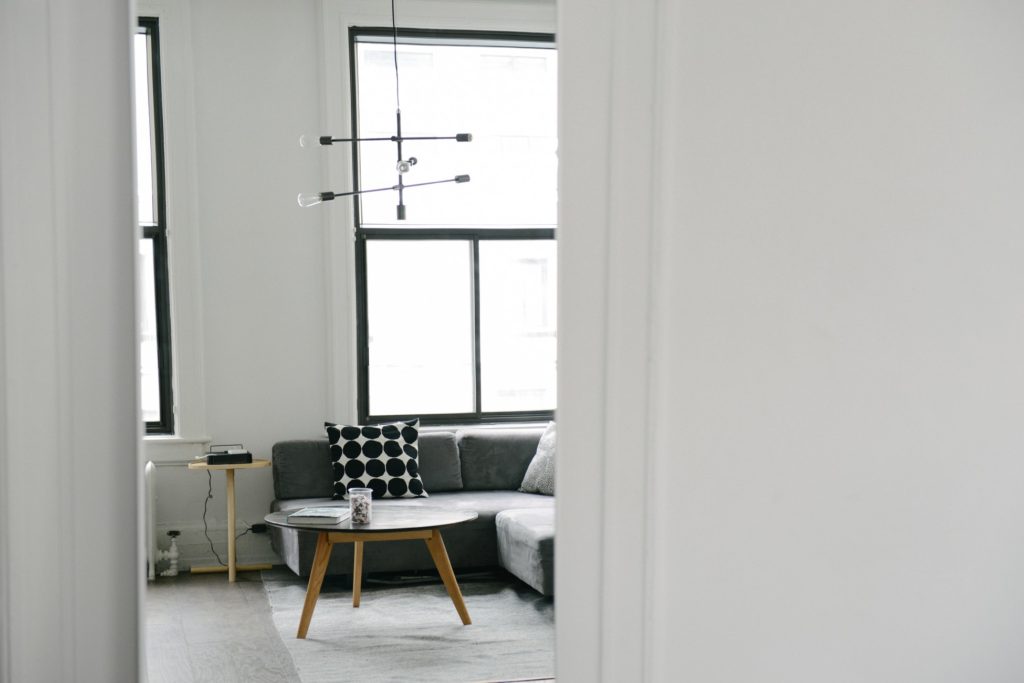No matter how well an interior space is designed and decorated, without proper lighting, it all goes to waste. Lighting is what creates ambience in a room and gives it character – it’s the primary tool designers use to create mood in an interior and to carefully bring out all the architectural details. Hence, lighting your home properly can be a somewhat intimidating task when you don’t know where to start. The key is in layering – combining three types of lights (ambient, task and accent lighting). Here’s where and how to use them to get a beautifully lit home.
Words: Catherine Palmer
Ambient lighting
This is the layer of general lighting, as its goal is to provide even, overall illumination for the whole room. It’s important for this kind of lighting to radiate enough light to make everything visible, but at a comfortable level and without glare – otherwise, the space will feel more like a hospital or office building.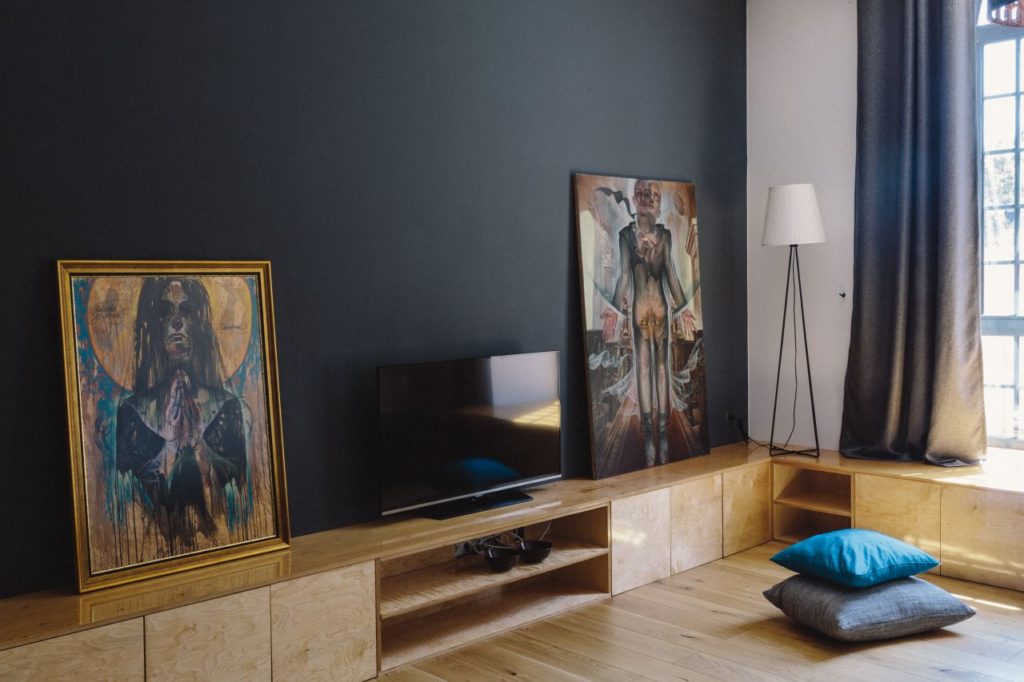
Beautiful ambient lighting is accomplished with chandeliers, ceiling fixtures, wall-mounted fixtures (sconces), pendant lights and recessed or track lights. A lot of these fixtures really add to the design of the room with their appearance, usually serving as focal points – especially chandeliers and pendant lights. Pendant lights are more often used for task lighting, but they can also provide general lighting when installed in the right place and at the right height.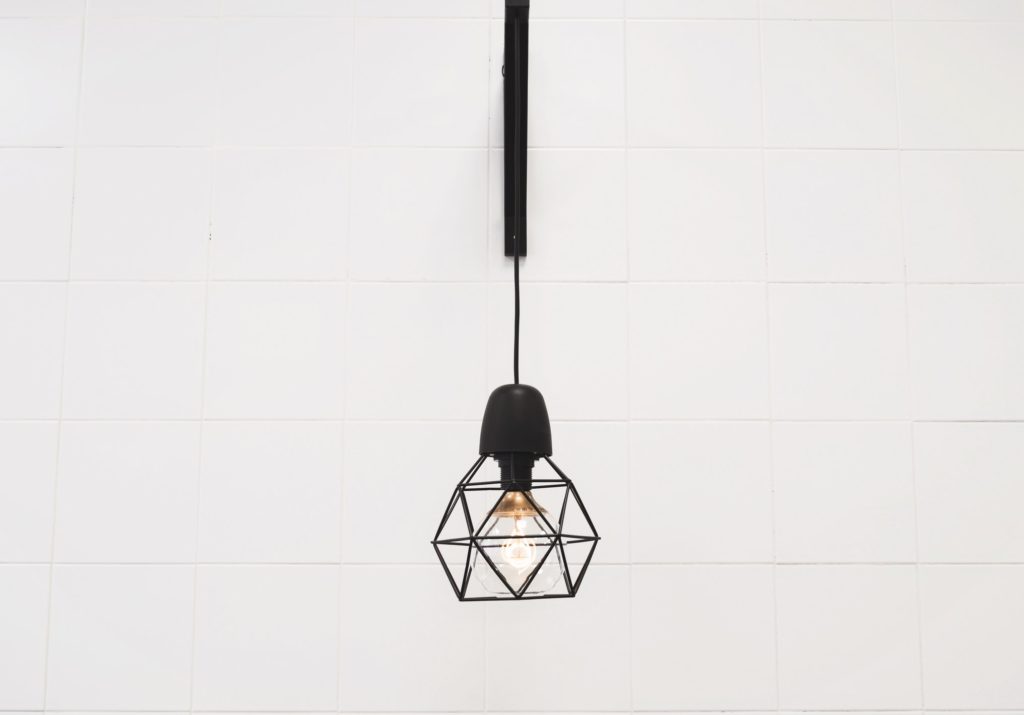
Tip: Always use dimmers for ambient lighting! This will let you control the mood and character of the space depending on the time of day and its use. It’s best to have multiple circuits in a room so you can dim some lights while keeping others more bright, creating a well-thought lighting layout that makes the space really enjoyable.
Task lighting
As the name suggests, this is the layer of lighting you use for specific tasks, such as reading, cooking, grooming, working etc. It really frees the room of excessive lighting, directing light at the area you’re using for the task only. It’s important that there’s no glare and shadows from task lights so you can see (and do) your work properly.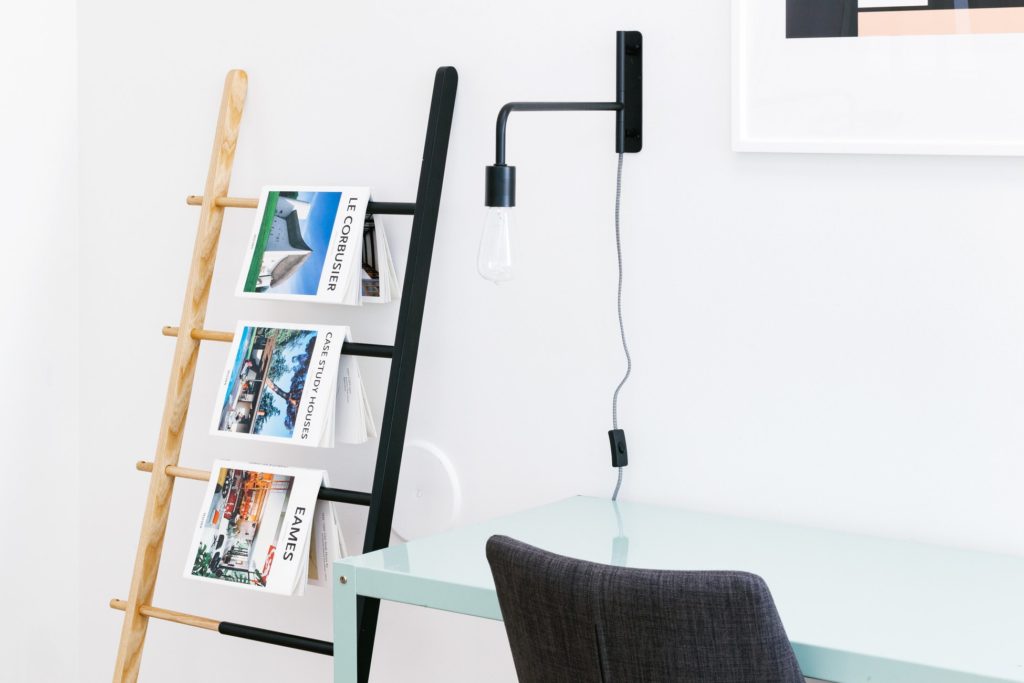
This is achieved by using pendant lights, under-cabinet lighting, lamps (table and floor lamps) and low-hanging track lights. Consider the function of the space when choosing the fixture – which activities will you be performing and how much brightness you require, which surface will you be using specifically, etc.
Tip: Interior designers and LED lighting suppliers suggest using LEDs is especially practical when it comes to task lighting applications. This is because LEDs emit light hemispherically, since they’re mounted on a flat surface, as opposed to spherically. Because of this characteristic, a lot of energy is saved and the light is adequately directed to avoid shadow and glare. Additionally, light emitting diodes radiate a lot less heat than their incandescent counterparts, so you don’t have an unwanted source of heat to distract you while working.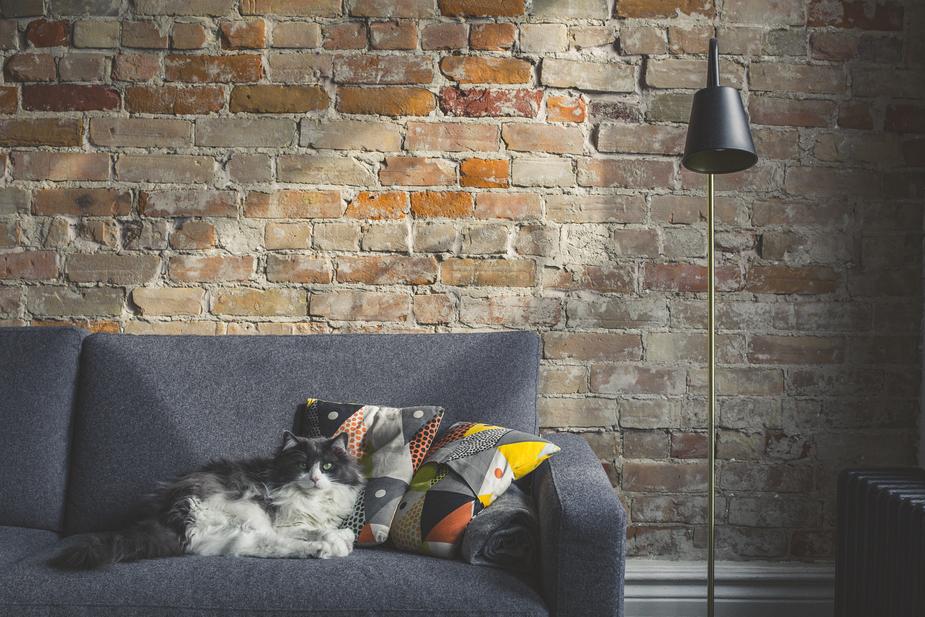
Accent lighting
This is what “really ties the room together”, adding visual interest at specific focal points. It’s a crucial part of interior design as it’s used to draw attention to key features – houseplants, artwork, bookcases or any kind of decoration you want pointed out. It especially adds drama to the space when used for highlighting textured walls and architectural details, such as arches, niches, pillars, etc.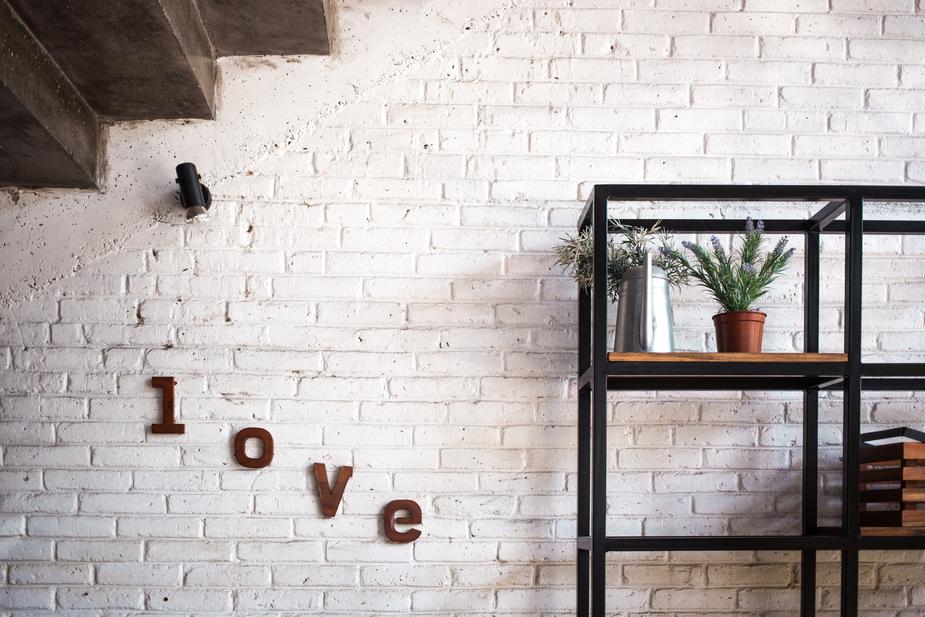
The general rule when it comes to accents is that the light needs to be at least three times stronger on the focal point than the general lighting that’s surrounding it, in order for the accent to be effective. Recess and track lighting, as well as wall-mounted picture lights are the first go-to for this type of lighting. Pendant lamps are a very versatile fixture and can also be used to create accents by highlighting favourite furniture pieces.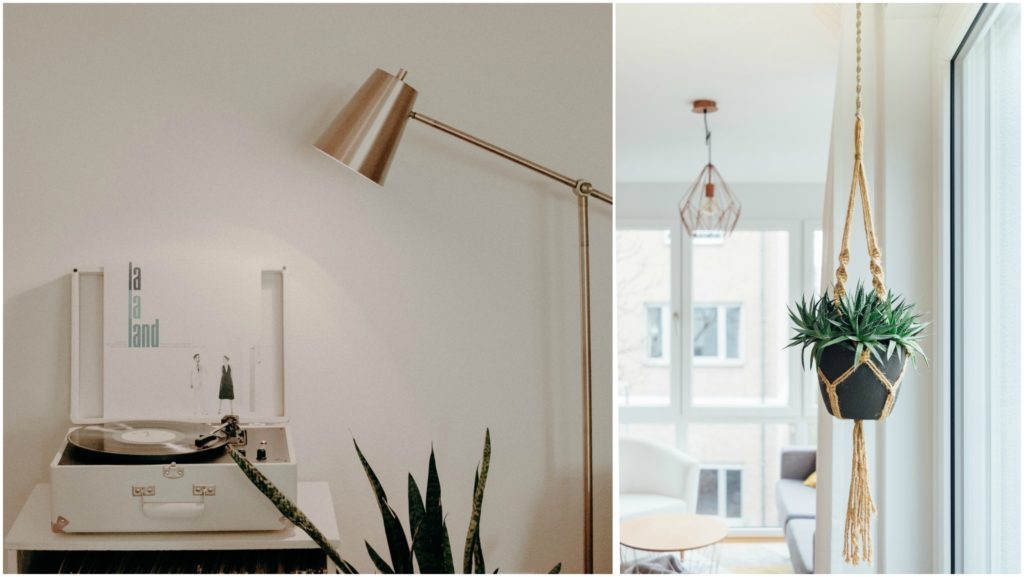
Tip: When selecting larger fixtures for accent lighting, such as pendants or sconces, use the fixture as an addition to your interior décor and not just a source of light. Also, try out different versions and placements to see which layout of accents best adds depth to the room. When it comes to accents, it’s all about drama!
Don’t be afraid to experiment a lot and just try out different things even though they might not work out in the end. You can always improve on the layout and fix it as you go along. Most of the time, the same type of fixture can be used for all three types of lighting if applied properly, so don’t stress about sticking to any rules. Creating the perfect lighting layout can be a process, but it’s definitely a rewarding one.


